MusicRadar Verdict
The S2 Custom might lack some bling, but you won't be disappointed with its sounds or playability.
Pros
- +
Very good build quality, playability and tones. Will appeal to those that don't like the bling of Custom models.
Cons
- -
It is still expensive - but great value for a US Custom model.
MusicRadar's got your back
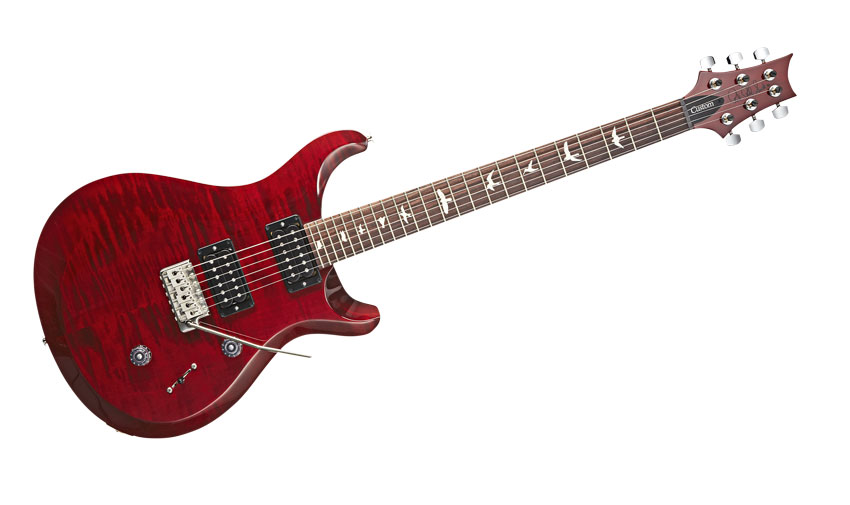
PRS S2 Custom 24 review
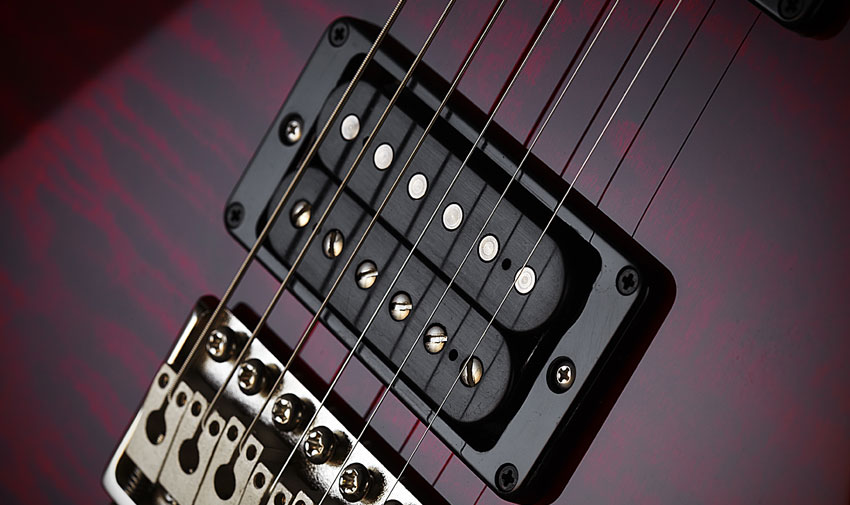
Pickup
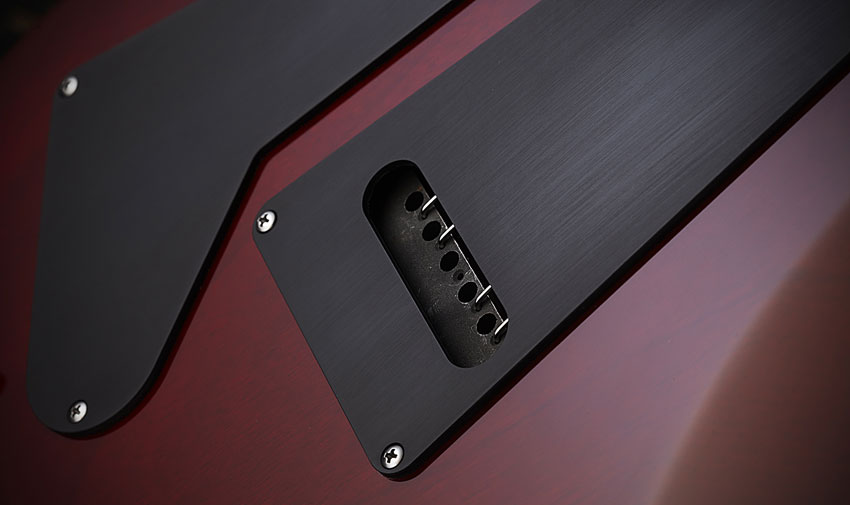
Rear
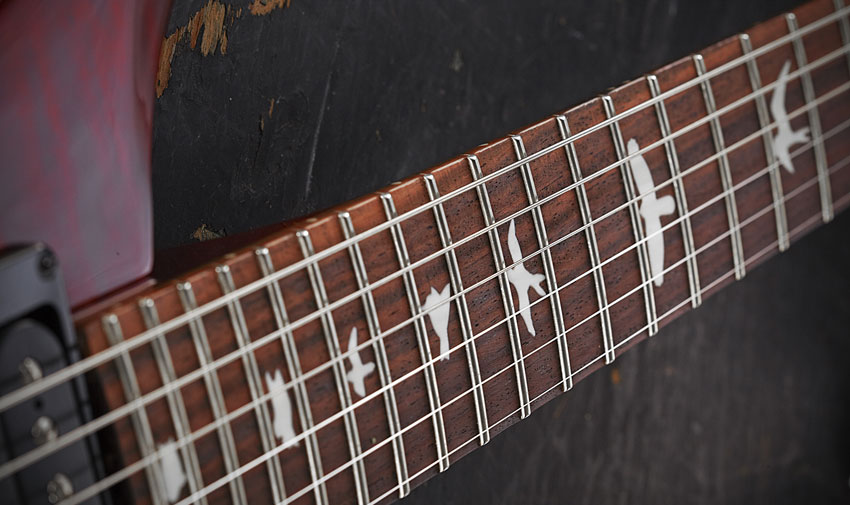
Neck
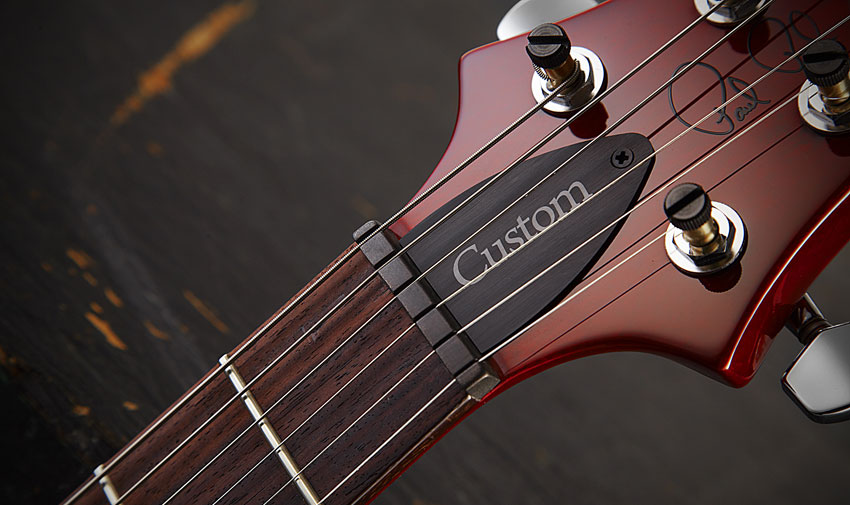
Headstock
Combining a mid-market price tag with the cachet of a US-built instrument, the new range of S2 models could be the best of both worlds. But is the S2 Custom 24 a slim vision of the brand's 'super guitar' or a pro-spec USA-made guitar that hits just around that all-important £1,000 watershed?
The new S2 guitars are all re-imagined versions of their full-fat counterparts, enabling them to be sold at trimmer price points. The Custom is still an all-mahogany guitar with a figured maple top, but that top is no longer carved with a violin-like contour.
" The Custom is still an all-mahogany guitar with a figured maple top"
Instead, the top has an asymmetric bevelled edge, a theme that originated on the original Mira and continued on the Starla: think SG as opposed to Les Paul Standard. The all-gloss finish doesn't have quite the crisp mirror-like reflection of the core line, but it doesn't let the side down.
The entire construction of the PRS guitar has been re-evaluated, resulting in a new three-piece neck construction, new versions of the Phase II locking tuners, a new finish process and new pickups that are designed in the USA but made in Korea.
Build
The S2's asymmetric carve is far less difficult to execute and it definitely gives the Custom a 'less-posh' vibe than its more expensive sibling. The 12.7mm maple cap has no natural edge 'binding' but is still centre-joined and bookmatched, although the quality of the flame is of a lower grade. In fact, it's the same grade maple that was used on the CE models.
This less-opulent looking maple gives the instrument a more classic look on the translucent colours, like our Black Cherry example, but it's actually the solid colours - a yellowed vintage white and black - that give the S2 Custom a rather different vibe altogether: far more rock 'n' roll.
"The 'pattern regular' neck profile feels quite deep and full in the palm'
The 'pattern regular' neck profile has a very subtle hint of a V in lower positions, but actually feels quite deep and full in the palm, less 'big' than the pattern (aka the wide fat) and slightly deeper front to back than the pattern thin (previously the wide thin). The nut width is spec'd at 42.06mm, although it measures slightly wider on our model.
The SE vibrato used here is a close cousin to the vibrato found on the core line guitars. It's a two-piece design, but both the bridge and the saddles are cast, unlike the core's complex machined bridge. Functionally, however, there's no difference: tuning stability is superb.
The pickups here are based on the long-running PRS designs, the HFS and Vintage Bass - as used on the current Custom 24 along with the optional 57/08s. We might have slightly lower grade pots and rather untidy-for-PRS wiring - along with an unrecessed cover plate that sits onto of the back surface - and a three-way lever pickup selector switch, but we have the partial coil-tap, introduced in 2011, which voices the screw-coil of each humbucker.
There's also a little bit of the dumped coil, which not only provides more output in split mode but also a little bit of hum cancellation and a slightly thicker tonality. You can't combine the bridge humbucker with the neck single-coil, for example, as you can on the core-line Custom, but you can voice either pickup on its own in split mode.
Sounds
"The ceramic-loaded HFS centres on a rocky, almost classic metal tone"
The S2 Custom's ceramic-loaded HFS centres on a rocky, almost classic metal tone, or at least that's where it leads us, and there's a little less body or perhaps woodiness to the voice. The slightly lower output Vintage Bass 'bucker certainly gets us into more classic rock/ blues vocabulary and loves some added gain, which drops us into that Slash or Gary Moore-like tube-y vocal voice with ease.
Splitting the 'buckers voices primarily the screw coils, and offers few surprises with added clarity, percussion and a volume drop that cleans up your amp tone nicely. Wind back the volume and you lose some highs (although we still have a small treble bleed capacitor wired to the volume pot). Wind back the tone and there's quite a time-shift - it's much bluesier and more jazz-like.
The mix position is more generic, more Tele than Strat, and although there's less sophistication to the voices in comparison to the pucker core-line Custom, few classic-to-modern rockers would be disappointed upon plugging one of these in.
Game-changer is an already over-used phrase, but it seems the most appropriate term to describe this new S2 guitar. Does it feel like the top-flight core line guitars? Yes. Does sound like them? Pretty much. Does it cost a lot less and offer a less opulent, more 'blue collar' vibe? Definitely.
The Custom appears to be the jewel in the S2 crown. It has the USA playability, stability and intonation, with nearly the same voice, all presented in a more utilitarian style.
Dave Burrluck is one of the world’s most experienced guitar journalists, who started writing back in the '80s for International Musician and Recording World, co-founded The Guitar Magazine and has been the Gear Reviews Editor of Guitarist magazine for the past two decades. Along the way, Dave has been the sole author of The PRS Guitar Book and The Player's Guide to Guitar Maintenance as well as contributing to numerous other books on the electric guitar. Dave is an active gigging and recording musician and still finds time to make, repair and mod guitars, not least for Guitarist’s The Mod Squad.
“I used everything I knew about music”: How Green Day exceeded expectations with their most ambitious song
YouTube just added AI tools that makes musicians, library music and video editors redundant
“Every one of them said yes without hesitation": Hank Marvin and Roger Taylor have just remade a '60s classic for charity










